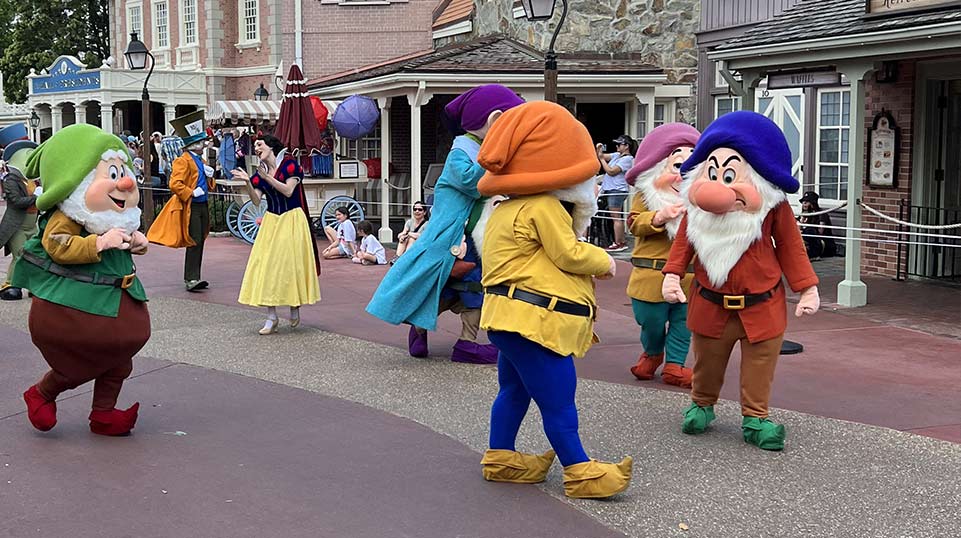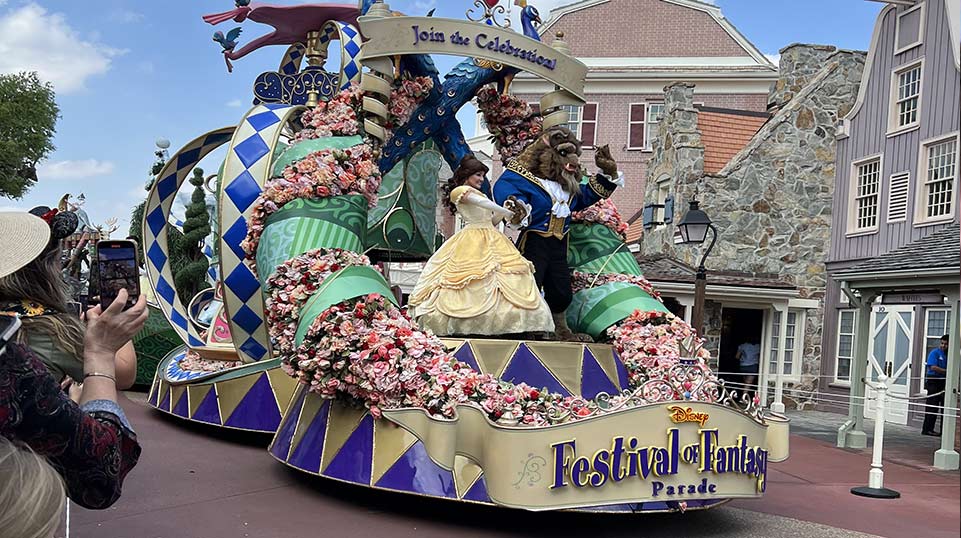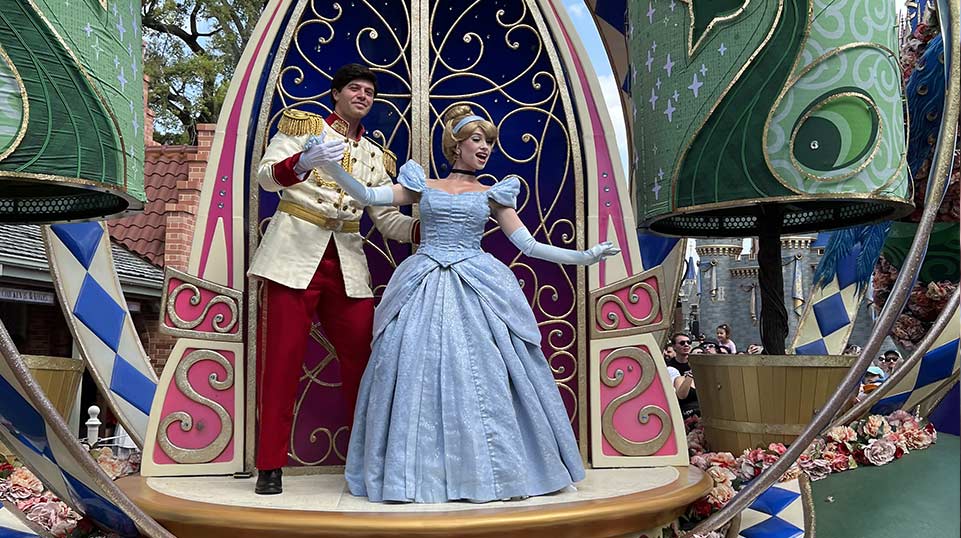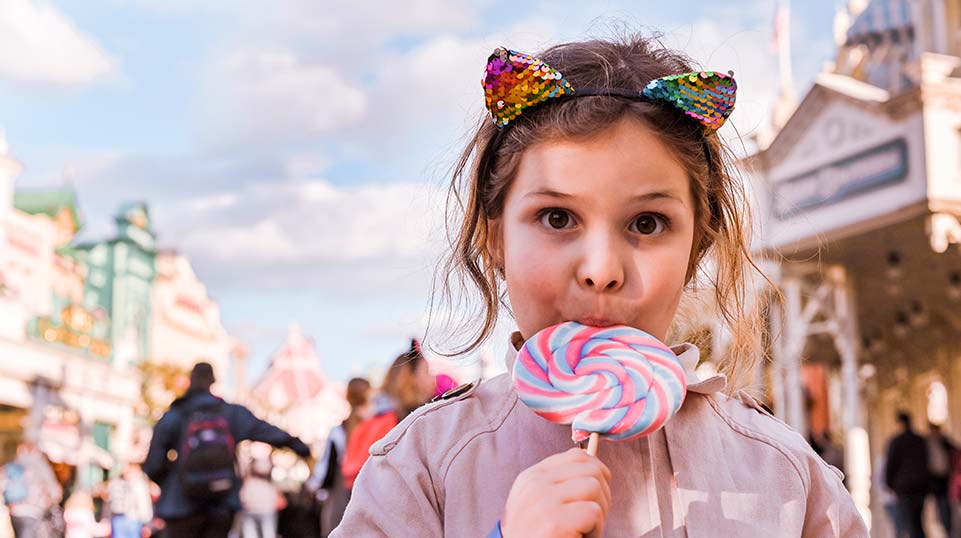Planning a family vacation to Disney is an exciting experience, but it can also be daunting, especially when you have a child with cognitive or physical disabilities. However, ALL families can enjoy a Disney vacation (or any vacation, for that matter!) with a little extra planning and flexibility.
As a parent, you want to make sure that your child’s needs are met and that they feel comfortable and included in all aspects of the trip. The good news is that there is a LOT you can do ahead of time to prepare for your Disney vacation and make it inclusively magical for all family members.
In this blog article, we will review the services available from Disney to assist families with special needs, as well as some practical things you can do ahead of time to make your trip as smooth and wonderful as possible!
What services does Disney offer for guests with disabilities?
Disney offers several services for guests with physical and cognitive disabilities. It’s worth checking out the downloadable Guide for Guests with Cognitive Disabilities, including Autism, and their Services for Guests with Disabilities website. This website details how to contact Disability Services, as well as information about electric conveyance vehicles (ECV) and wheelchair rentals. It also outlines services for guests with hearing, mobility, and visual disabilities.
Below we have outlined some of the programs and services offered by Disney. If you have any questions, contact Disney’s Disability Services at (407) 560-2547 or email them at disability.services@disneyparks.com.
Disability Access Service
The Disability Access Service (DAS) program is available at all Disney theme parks worldwide. It is available for guests with disabilities who may struggle with long waits in traditional queues. For example, if your child with Autism struggles with long waits, you can use the DAS program to avoid waiting in line.
It is important to note that DAS does not provide immediate access to the ride. With DAS, you will receive a return pass to the attraction that is based on the current wait time. You can go explore the park and engage in other activities, then return to the ride at your scheduled time to access the attraction via FastPass.
To participate, you can visit Guest Relations at the entrance of the park, or pre-register online up to 30 days in advance and no less than 2 days prior to your visit. It is recommended to pre-register in order to save time when you’re at the park. To pre-register, you will schedule a video call with Guest Relations. You do not need to disclose your child’s specific disability, just that they will struggle with long wait times. During the call, you will be allowed to select up to two one-hour return windows for select attractions. You can add additional attractions on the day of your visit using the Disney app.

Attraction Details for Guests with Cognitive Disabilities
You may want to learn more about what happens on each ride in order to determine if it’s a good fit for your child. This guide provides you with a detailed description of the sensory experiences on each ride. It outlines the scents/smells, lighting effects, noise levels, periods of darkness, and total ride time. You will also see how bumpy and fast the ride is, and if there are elements of surprise.
You can ask your child’s Occupational Therapist for advice and information on your child’s sensory profile to determine which rides may be a good fit and which ones you may want to skip.
Rider Switch Program
What happens if part of your group wants to go on a ride, but not your whole family? Many parents have concerns about missing out on certain rides because their child may not meet the height requirement, or it may not be a good fit due to a mobility or sensory concern.
The Rider Switch program at Disney is designed to allow guests to split their party into two groups – riders and nonriders, and the adult responsible for the nonriders can ride the attraction without waiting in the standby line once the other adult has ridden.
Here’s how it works:
- The group must first approach a Cast Member at the entrance of the attraction and request a Rider Switch pass.
- The Cast Member will then scan the passes of the entire group, including the guests who will not be riding at that time (for example, a parent who is watching a child while the other parent rides).
- The first group of riders will enter the attraction while the second group stays behind with the non-riding guests.
- Once the first group has finished the ride, the second group can then enter the attraction using the FastPass or Single Rider line, while the first group watches the non-riding guests.
This allows the non-riding guests to have someone to stay with them while the others ride, and also allows the riders to experience the attraction without having to wait in the regular standby line twice. This program is available for all guests at all Disney theme parks.
Stroller as a Wheelchair
Typically, strollers are not allowed in ride lines while at Disney. However, if your child has disabilities, you can visit Guest Services after entering the park and receive a tag marking your stroller as a wheelchair. This will allow you to keep your child in the stroller while waiting in line. This includes guests with cognitive disabilities who may have a difficult time waiting in long lines. This is particularly helpful for children who have elopement issues and children with sensory sensitivities who may benefit from having their own space. If the exit from the ride is in a different area from the entrance, a staff member will transfer your stroller to the exit area for you.

Quiet Break Areas for Children
All Disney theme parks have quiet locations that you can visit if your child is feeling overwhelmed. One example is the First Aid area at each park. If your child needs a quiet break, you can ask a cast member where the nearest quiet place is and they will assist you. You can find a list of quiet areas for each park at Disneyworld Orlando on page 14 of the Disability Guide.
Companion Restrooms
If your child needs assistance in the restroom, there are several companion, or family, restrooms throughout each park. These are listed in the park-specific guides for guests with disabilities, which we have linked below. Please note that many of the restrooms throughout Disney, including the companion restrooms, have automatic flushers which can be loud. Please plan to bring headphones for children who are sensitive to sound.

What can I do ahead of my trip to prepare?
Aside from the services offered by Disney, there is a lot you can do ahead of your trip to prepare your child and help things go smoothly.
Here are some tips from our occupational therapists:
- Create a Visual Schedule for your day. This can include pictures of your hotel, the monorail (if you plan to ride it into the parks), any rides you plan to go on, and restaurants. You can add in quiet breaks and rewards throughout the day.
- You can watch a video of every ride and attraction at Disney, either on Disney’s site or on YouTube. If you think it would be helpful, you can watch these videos with your child and see how he/she reacts to determine if the ride is a good fit.
- Create a social story about waiting in line. Your Occupational Therapist can assist you with this. Practice waiting in lines at various places – grocery stores, Target, etc. Even if you are using the DAS program, lines will still be a part of your Disney day.
- Bring headphones if your child has auditory sensitivity, as well as some sensory toys to keep them busy and regulated while waiting in line. You may also want to bring a tablet to entertain them if waiting and downtime will be a challenge.
- Plan out your meals and consider making advance reservations at restaurants that serve food you know your child will enjoy. And don’t forget to pack plenty of snacks!
- Practice wearing the clothes your child will be wearing at Disney ahead of time. If you are traveling during the winter months, you may be going from a cold climate to a warm climate. Many children have clothing sensitivities and struggle with the transition from pants to shorts, or long sleeve shirts to short sleeve shirts. Practice wearing these clothes at home first to avoid any clothing meltdowns on your trip.
- Practice wearing sunscreen ahead of your trip. If you are out of the summer months, your child may not be accustomed to wearing sunscreen at home. Experiment with different types (lotions, sprays), to see what your child tolerates best.
With proper planning and preparation, traveling to Disney can be an incredibly rewarding and memorable experience for both you and your child. By following the tips and tricks outlined in this article, you can create unforgettable memories that will last a lifetime!
If you are interested in services at Westside, please click the link below or call (815) 469-1500 and our team will walk you through the process.







